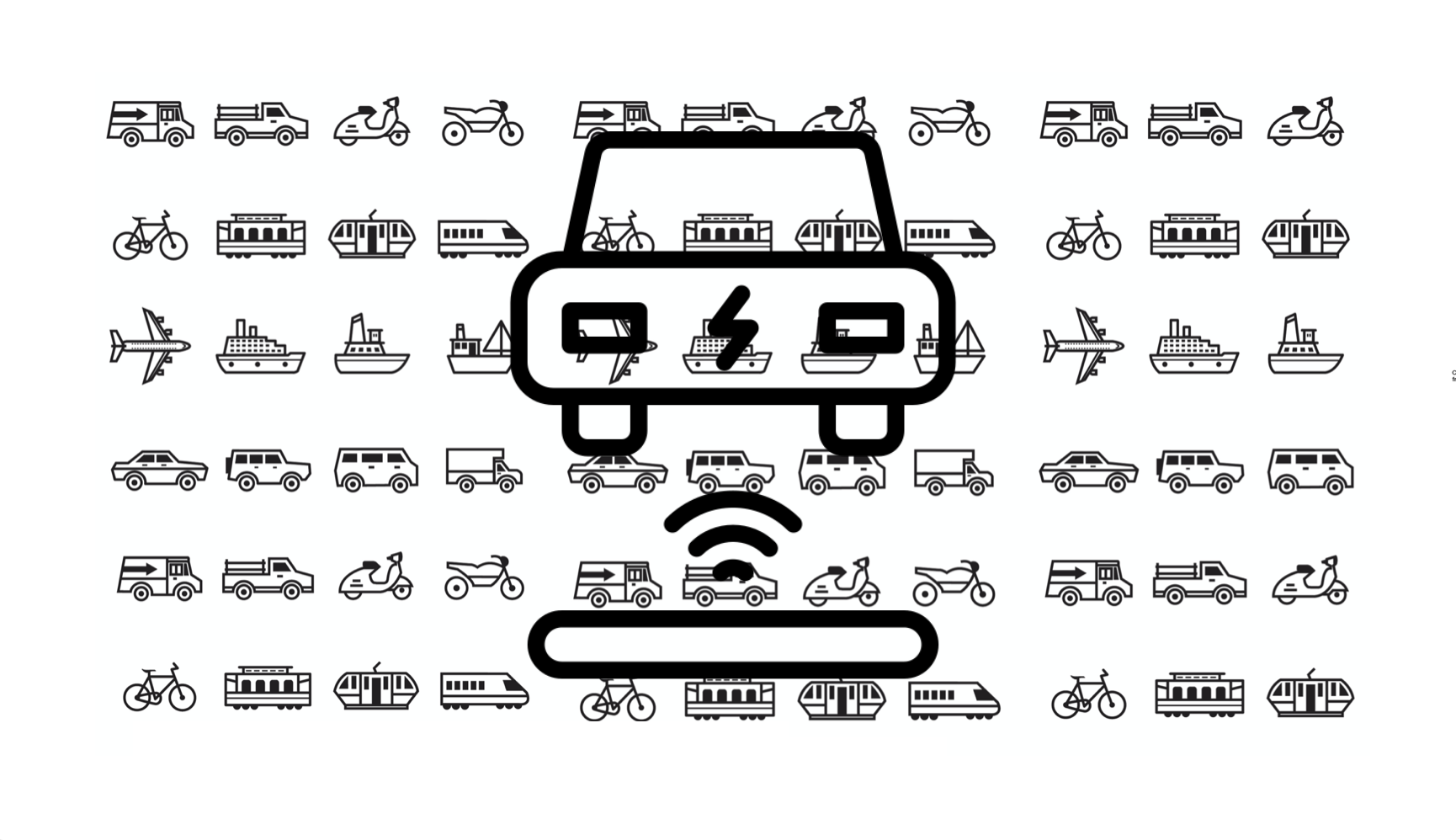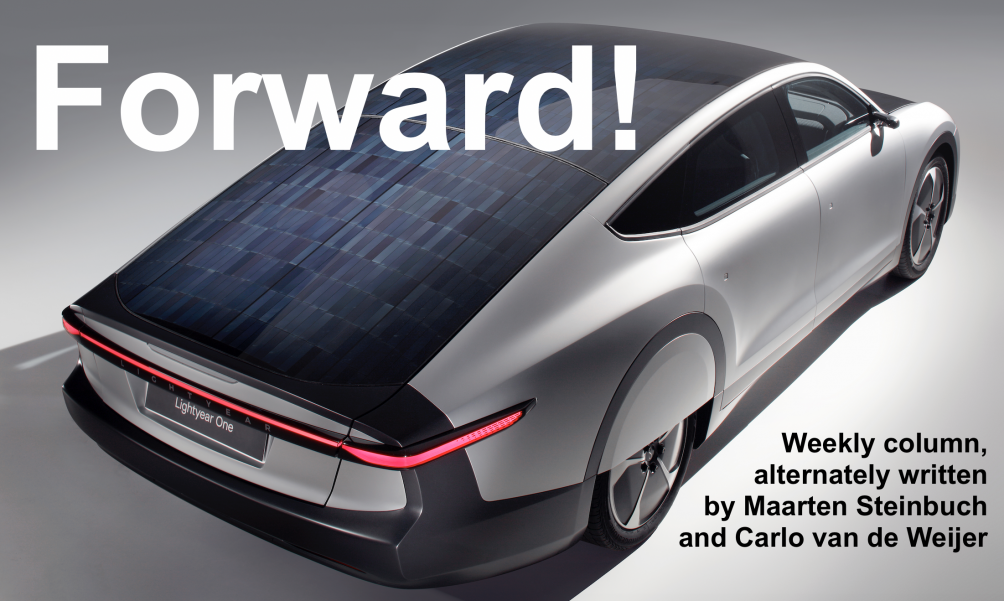
Electric car owners are used to using a cable with a plug instead of a gasoline hose. That’s easy if you have your own charging station or a quick charger that has the cable attached. But if you have to get your cable out of the trunk in the rain, it’s a bit more annoying. And we also have yet to come up with a solution for the possible autonomous car of the future. So the question is whether charging can be done automatically.
The advantage of charging with a plug – conductive charging – is that the energy loss is very limited. This is different with the alternative: charging without a connection or inductive charging. But the advantage is that it’s easy to automate. Inductive charging works remotely, just like the wireless charging of your phone. Super convenient.

There is a lot of research in science and industry on inductive charging, especially for automatic charging at parking lots and charging locations. The problem here is that due to the energy losses that occur, there is heat generation that has to be dissipated (even though the efficiency is sometimes as high as 90% itself). This leads to expensive systems, and because of this heat problem, the power is severely limited. For this reason, it is still hardly seen in practice.
Another application of automatic inductive charging is to charge while driving. Then the batteries could be smaller and thus, the purchase price of the car could be a lot lower. Unfortunately, this would be offset by huge infrastructure costs. After all, you would have to fill entire stretches of highway with copper lines to make wireless power transfer possible. With the accelerated development of batteries, resulting in good range and lower purchase costs, charging while driving is not really necessary.
So isn’t there a solution to automatic charging? Yes, and for that, we return to conductive charging. There are three variants. First, you can develop a robot that puts the plug in the car for you. The Dutch start-up Rocsys is working on that. Another approach is to have the plug come up from the ground under the car, and connect it to a socket on the floor plate. Here the positioning of the car above the plug is a challenge. The plug emerging from the ground must be able to make some sort of searching movement, and also the connection to the car must be standardized. The company Prodrive Technologies from Son is working on this.
Finally, there is a charming solution from a start-up from Austria, Easelink. They have recently raised substantial investment from a consortium led by the Dutch SET Ventures. Easelink’s solution is to lower the plug from the car onto a plate on the ground. By means of a smart cleaning movement, leaves and the like are removed from the plate and the plug can make contact with the connector that is incorporated in their patented matrix plate. The connector can make contact at several places on the matrix plate, and the cost could be relatively very low. However, a standard needs to be agreed upon by the automotive industry here as well.
All conductive solutions are scalable to higher powers, and therefore offer more opportunities than the inductive ones. But as a scientist, I remain open to all solutions. As long as it can be automated.
Maarten Steinbuch and Carlo van de Weijer are alternately writing this weekly column, originally published (in Dutch) in FD. Did you like it? There’s more to enjoy: a book with a selection of these columns has just been published by 24U and distributed by Lecturis.






